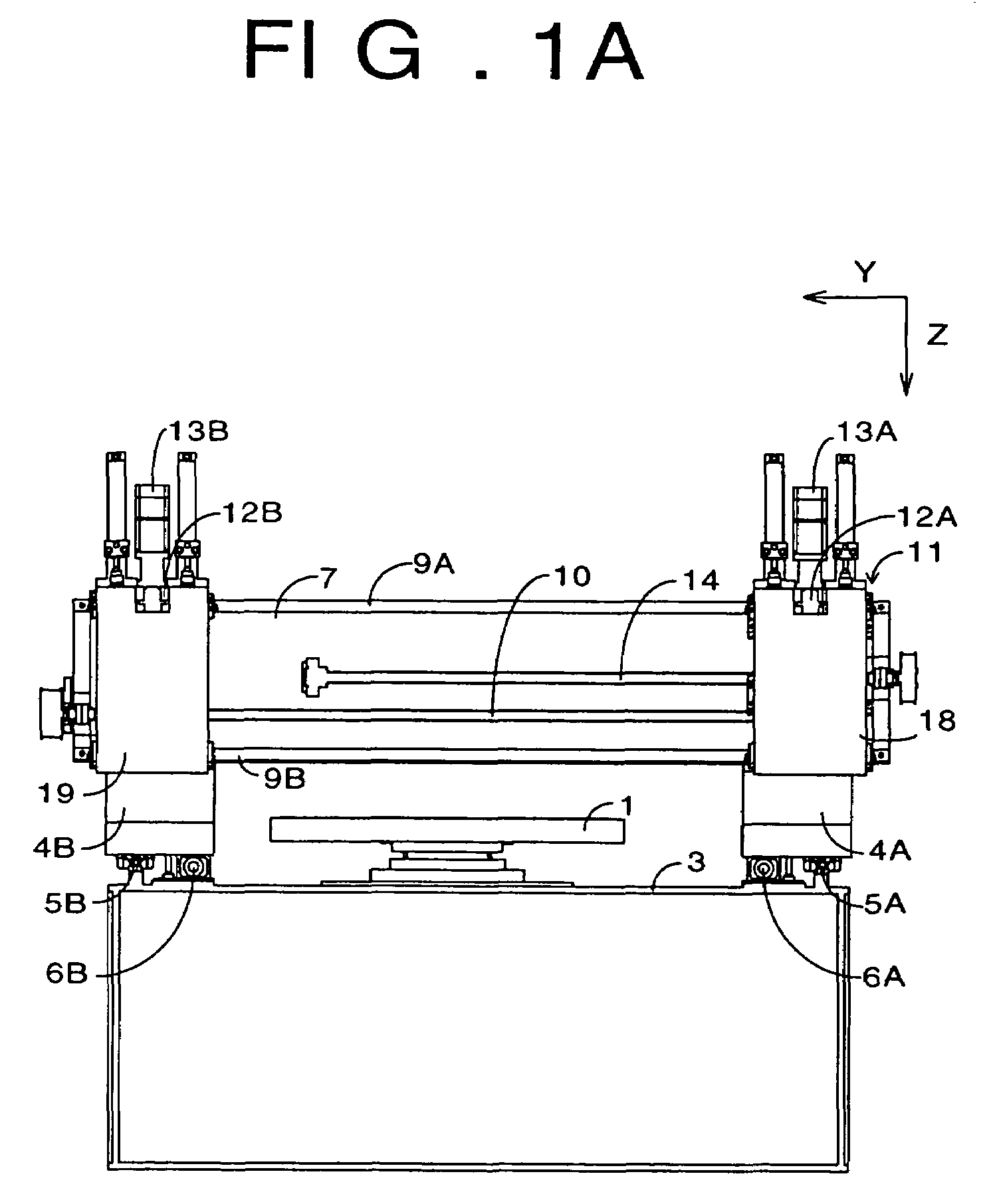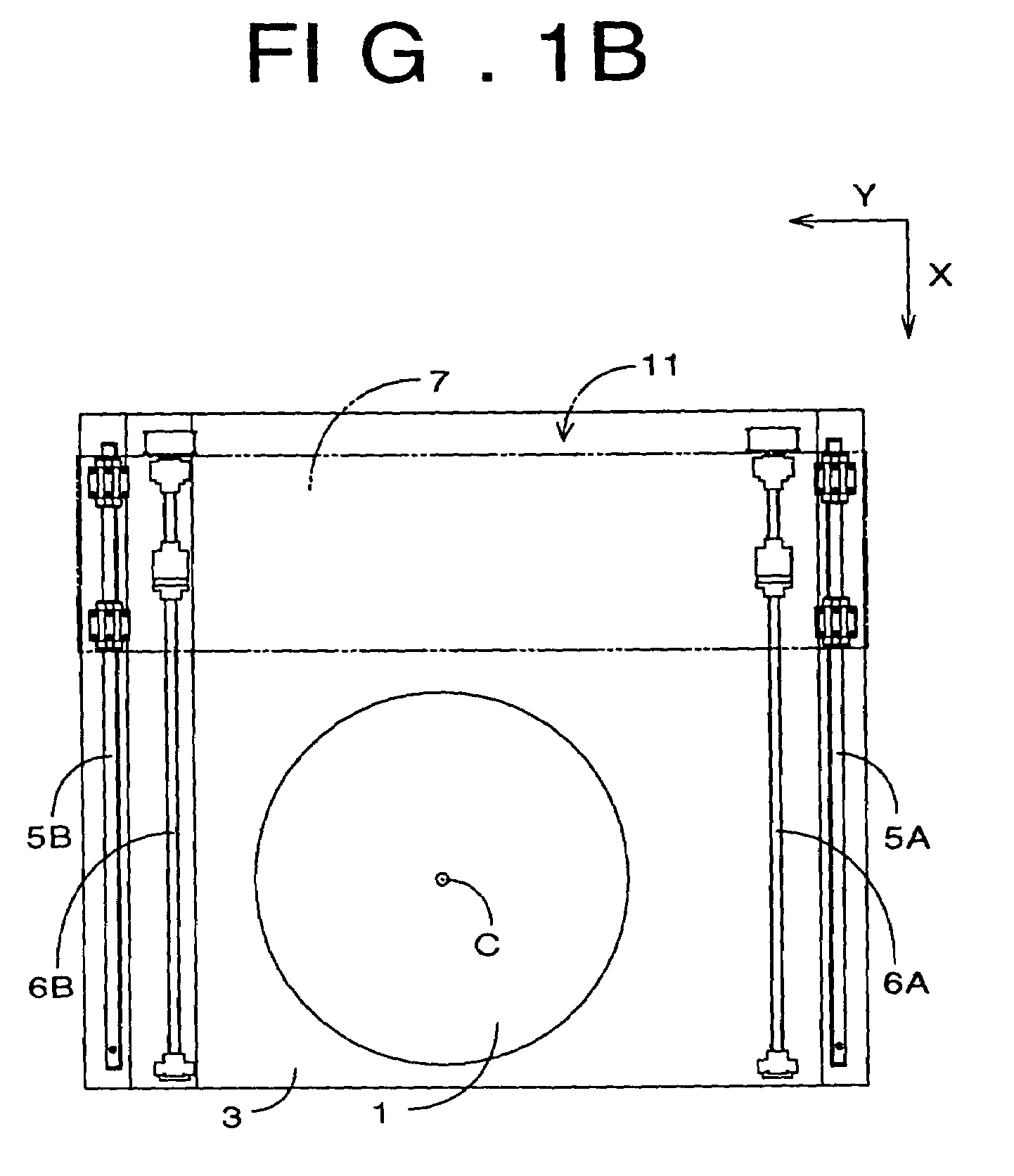Turning tool for grooving polishing pad, apparatus and method of producing polishing pad using the tool, and polishing pad produced by using the tool
a polishing pad and turning tool technology, applied in the field of turning tools, can solve the problems of uneven polishing, uneven surface wear, uneven polishing, etc., and achieve the effects of high accuracy, easy entry of the drill bit, and increased degree of freedom in processing the bas
- Summary
- Abstract
- Description
- Claims
- Application Information
AI Technical Summary
Benefits of technology
Problems solved by technology
Method used
Image
Examples
examples
[0169]To further illustrate the present invention, there will be described some examples of the invention. It is to be understood that the invention is not limited to the details of these examples, but may be embodied with various changes, modifications and improvements, which may occur to those skilled in the art, without departing from the spirit and scope of the invention defined in the appended claims.
[0170]There were prepared two specimens of the polishing pad according to Examples 1 and 2 of the present invention as shown in FIGS. 30, 31 by cutting multiplicity of generally concentric annular grooves 130 into surfaces of respective foamed urethane pads 15 by using respective multi-edged tools 74 each constructed according to the present invention as indicated in the following Table 1. Described in detail, each of the specimens of Examples 1 and 2 is formed by using the grooving machine of the present invention. The foamed urethane pad 15 attracted on the suction plate 16 of th...
PUM
| Property | Measurement | Unit |
|---|---|---|
| angle | aaaaa | aaaaa |
| angle | aaaaa | aaaaa |
| rake angle | aaaaa | aaaaa |
Abstract
Description
Claims
Application Information
 Login to View More
Login to View More - R&D
- Intellectual Property
- Life Sciences
- Materials
- Tech Scout
- Unparalleled Data Quality
- Higher Quality Content
- 60% Fewer Hallucinations
Browse by: Latest US Patents, China's latest patents, Technical Efficacy Thesaurus, Application Domain, Technology Topic, Popular Technical Reports.
© 2025 PatSnap. All rights reserved.Legal|Privacy policy|Modern Slavery Act Transparency Statement|Sitemap|About US| Contact US: help@patsnap.com



